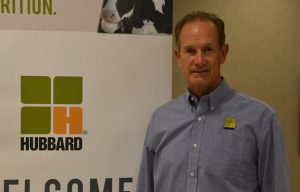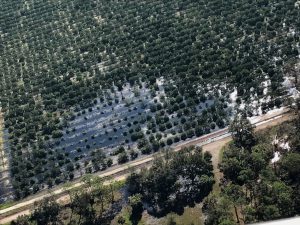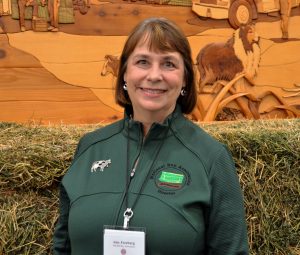 The Renewable Fuels Association (RFA) is among organizations celebrating Oct. 12 as National Farmers Day. RFA honors farmers for providing food, fuel and fiber for the nation and the world.
The Renewable Fuels Association (RFA) is among organizations celebrating Oct. 12 as National Farmers Day. RFA honors farmers for providing food, fuel and fiber for the nation and the world.
According to new monthly U.S. Department of Agriculture estimates issued today, America’s farmers are forecast to produce 14.28 billion bushels of corn for the 2017/2018 marketing year, up 96 million bushels from last month. Additionally, farmers are estimated to have a corn yield of 171.8 bushels per acre, up 1.9 bushels from the September forecast. If realized, these would be the second highest U.S. corn production and yields on record.
Last year, the U.S. ethanol industry used 5.43 billion bushels of corn, valued at $18.8 billion, to make 15.3 billion gallons of ethanol and 42 million metric tons of animal feed. Ethanol and agriculture continue to work hand in hand, helping to fuel and feed the world.
“Ethanol provides a vital value-added market for corn and other commodities, providing an economic boost to rural America,” said Renewable Fuels Association President and CEO Bob Dinneen. “Meantime, ethanol is helping to clean the air, reduce our reliance on petroleum, boost local economies and lower prices at the pump. Tremendous increases in the productivity of U.S. farmers have ensured ample supplies of grain are available for food, feed and fuel. Farmers touch every part of our lives and today, we give thanks for National Farmers Day.”












